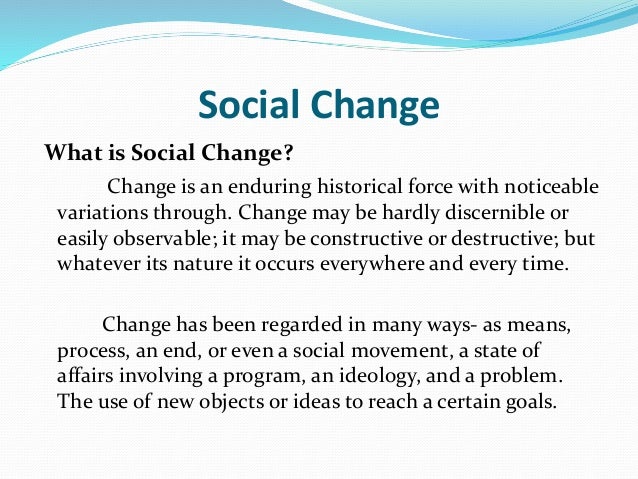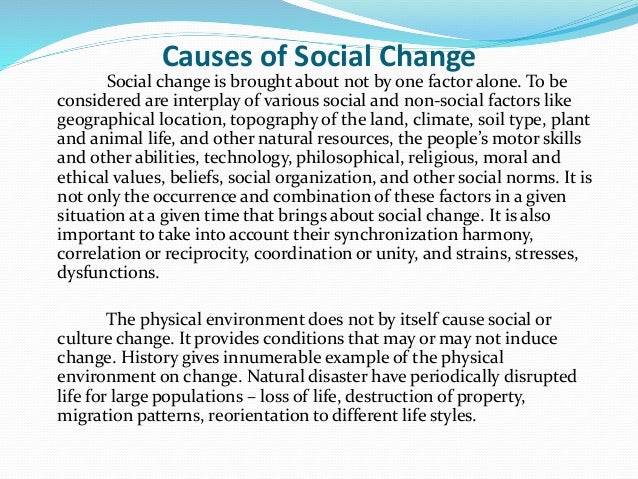Relevance:
Sociology: Social Change in Modern Society: Sociological theories of social change. Development and dependency. Agents of social change. Education and social change. Science, technology and social change
********************************************************************************
The Government of India established various endeavours to successfully implement the e-Governance initiative. Complexities exist due to the interoperability among central, state, district, and local governments. To overcome the challenges such as inter-operability, infrastructural challenges, digital divide and Covid-19 pandemic, etc., India is taking new initiatives to develop the overall effectiveness of service delivery mechanism from a citizen’s perspective and trying to bridge the gap between urban and rural e-governance structures.

E-governance:
- E-Governance became an inevitable evolution in successful governance in the modem era.
- As a coordinator and service provider, the Governments are required to embrace Information and Communication Technology to meet the demands of their citizens. ‘Simple, Moral, Accountable, Responsive and Transparent (SMART) Governance became the order of the day to build effective and efficient governance.
- E-Governance aims to make the interaction between government and citizens (G2C), government and business enterprises (G2B), and inter-agency relationships (G2G) convenient, transparent, friendly, effective, and cost-effective.
‘Gartner e-Governance Maturity Model’:
- According to the ‘Gartner e-Governance Maturity Model’, there are four phases of e-governance, i.e., Phase I- Information; Phase II-Interaction; Phase III-Transaction; Phase IV-Transformation.
- E-governance helps a democratic country to stand according to the expectations of the public in the modem era. Further, the concept of the Gartner e-governance Maturity Model was enhanced by the UN e-Governance Survey 2008 by adding Phase V i.e., Connected Government.
E-Governance Development Index:
- According to the UN E-government Survey 2020 of the UN Department of Social and Economic Affairs (UNDESA), India was placed 100th in the E-Governance Development Index. In the year 2016, India acquired 107th rank, in 2014, 118th and in the year 2018, 96th rank.
- Comparing the 2016 index with the 2018 index, India jumped 22 places to rank 96, but in the year 2020, India slipped 4 places to rank 100th and is behind Bolivia (97) and Iran (89).
- India fell in the online services index and telecommunication infrastructure index though maintained status quo in the human capital index.

Steps Taken:
- The Government of India introduced the National e-Governance Services Delivery Assessment (NeSDA) framework in August 2019 to assess the effectiveness of the e-Governance initiatives of the different government departments from the central to the local level.
-
- The Online Service Index (OSI) of NeSDA is based on the UNDESA e-Governance survey to develop the e-Governance structure of India to an international standard.
- The major core infrastructure components of e-governance initiatives of the Government of India are State Data Centers (SDCs), State Wide Area Networks (S.W.A.N), Common Services Centers (CSCs) and middleware gateways i.e., National e-Governance Service Delivery Gateway (NSDG), Government Procurement Government e-Marketplace (GeM), GI Cloud (MeghRaj), Service Delivery Gateway, State Data Center, eTaal, Archive, etc.
- The biometric Identification Scheme, ‘Aadhaar’ brought the digital revolution to e-governance.
Mission Mode Projects:
- National e-Governance Plan (NeGP) comprises 31 Mission Mode Projects (MMP) encompassing 11 central MMPs, 13 State MMPs, 7 integrated MMPs, and 8 components.
- MMPs focus on one aspect of governance with clearly defined objectives, scopes, implementation timelines, and milestones with measurable outcomes and service levels.
- The Digital India Initiative was launched in the year 2015 to bridge the gap between urban and rural areas by promoting investment in digital infrastructure, fostering digital literacy, and expanding online services provision. The vision of the Digital India programme is to transform India into a digitally empowered society and knowledge economy
Digital India:
- Digital India is designed as an umbrella programme that covers multiple Government Ministries and Departments.
- The overall coordination of the Digital India Programme is done by the Department of Electronics and Information Technology and it focuses on nine pillars of growth areas, Broadband Highways; Universal Access to Mobile Connectivity; Public Internet Access Programme; e-Governance: Reforming Government through Technology; e-Kranti Electronic Delivery of Services; Information for All; Electronics Manufacturing; IT for Jobs and Early Harvest Programmes.
- Each thrust area further has subcomponents and cuts across multiple Ministries and Departments.
- NeGD is conducting the Chief Information Officers (CIO): e-Governance Leadership programme targeting policy and programme-level officers involved in e-Governance projects/initiatives in Centre & State ministries and departments.
National e-Governance Services Delivery Assessment (NeSDA):
- NeSDA was launched to promote the participation of various departments and ministries at State and Central levels to adopt the e-Government framework in day-to-day functioning, to encourage e-participation of citizens and businesses in policymaking, to help India in achieving the UN Sustainable Development Goals (SDGs), to provide efficient public service delivery to all levels of population in the country by reducing the digital divide, to develop innovative and improved public service delivery by developing ICT infrastructure, capacity building and to develop a simple single entry point for all e-services at every level of governance i.e., from central to local self-governance.
E-Governance & Covid-19 Pandemic:
- During the current pandemic, e-governance stepped into the central role as a necessary element of communication, leadership, and coordination between policymakers, administration, and society.
- Jan Dhan Aadhaar Mobile (JAM) delivery system became the main vehicle for the distribution of cash payments, rations of food supplies through the public distribution system, and the distribution of the relief package under the Pradhan Mantri Garib Kalyan (PMGK) scheme supported the people in the pandemic.
- Aarogya Setu App and Co-WIN App are the main e-governance tools that supported the citizens and government to trace the Covid patients and manage the vaccination. Know more about the Arogya Setu App in the link.
- E-Doctor tele-video consultation facilities have been launched as an alternative to reduce hospital visits. Smart City infrastructure was used for rapid response for real-time movement, crisis predictions, etc.
Challenges and Way Forward:
- The scope of the e-governance projects expanded at an unexpected speed during Covid-19, by adding many new features and innovative e-infrastructure.
- In the post-Covid scenario, the government is required to develop effective e-governance through:
-
- Interoperability of e-governance infrastructure between intra-governmental departments and agencies
- Developing inclusive e-governance structure to make sure that there is no one left out
- Legislating effective data protection law and administrative regulations
- Enhancing data security levels to avoid data leakage, misuse, etc.
- Mandatory sector-specific service focus to attain SDG goals
- Embracing New Age Technologies (NAT) for improved service delivery and focusing on integrated service delivery.

